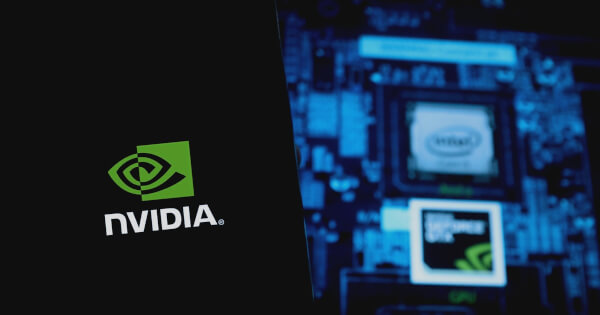NVIDIA Dominates MLPerf Training v5.1 with Blackwell Ultra GPUs
Rongchai Wang Nov 13, 2025 02:42
NVIDIA swept the MLPerf Training v5.1 benchmarks, showcasing superior AI training performance with its Blackwell Ultra GPU architecture across multiple AI model categories.

NVIDIA has once again showcased its dominance in AI training performance by sweeping all seven tests in the latest MLPerf Training v5.1 benchmarks. The company demonstrated the fastest training times across various AI model categories, including large language models (LLMs), image generation, recommender systems, computer vision, and graph neural networks, according to NVIDIA's blog.
Blackwell Ultra's Impressive Debut
The highlight of this round was the debut of the GB300 NVL72 rack-scale system, powered by NVIDIA's Blackwell Ultra GPU architecture. This system delivered groundbreaking performance, achieving more than four times the pretraining speed of the Llama 3.1 405B model and nearly five times the fine-tuning speed of the Llama 2 70B model compared to its predecessor, the Hopper architecture.
These performance gains were driven by Blackwell Ultra’s advanced architectural features, including new Tensor Cores capable of 15 petaflops of NVFP4 AI compute, and 279GB of HBM3e memory. The company also introduced new training methods to leverage the architecture's NVFP4 compute capabilities effectively.
Advancements in AI Training Precision
NVIDIA's success in this benchmark can be attributed to its pioneering use of NVFP4 precision in AI training—a first in MLPerf's history. This approach allows the architecture to perform calculations on data with fewer bits, significantly enhancing computational speed while maintaining accuracy. This innovation is part of NVIDIA's broader strategy to optimize AI models for faster training times.
Record-Breaking Performance Metrics
NVIDIA's Blackwell GPUs achieved a new record by training the Llama 3.1 405B model in just 10 minutes, thanks to efficient scaling across over 5,000 GPUs. This feat marked a 2.7x improvement over previous results. Additionally, NVIDIA set new benchmarks with the Llama 3.1 8B and FLUX.1 models, underscoring its commitment to continuous innovation in AI training.
Industry Collaboration and Future Prospects
NVIDIA's ecosystem of partners, including major tech companies such as Dell Technologies and Hewlett Packard Enterprise, played a vital role in achieving these results. This widespread collaboration highlights the robust support and scalability of NVIDIA's technology, fostering rapid advancements in AI capabilities.
As NVIDIA continues to innovate at a rapid pace, it is setting the stage for unprecedented growth in AI adoption and intelligence, paving the way for future breakthroughs in AI training and inference.
Image source: Shutterstock.jpg)